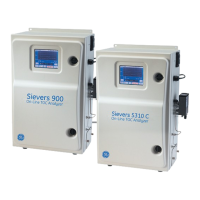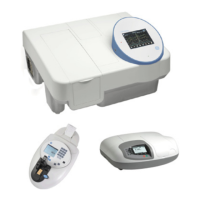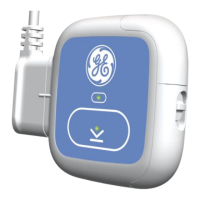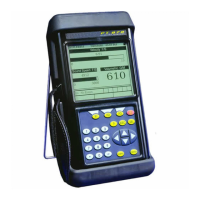Appendix B
GE Analytical Instruments ©2010 180 of 186 DLM 74001-04 Rev. A
Data Bits:8
ParityNone
Stop Bits:1
Flow Control:Hardware
After selecting these values, click OK.
7. The main HyperTerminal window displays. Select Transfer
Capture Text. Specify a
location and name for the file and click OK. Include a file extension of either .txt or .csv.
For example, JulyData.csv.
8. On the Analyzer, export the data you want to capture. Be sure to select Serial as your
export destination.
9. When the export begins, you will see the data streaming in the HyperTerminal window.
When the export is complete (activity stops in the HyperTerminal window), select
Transfer
Capture Text Stop.
10. The data is now saved in the file location you specified in Step 6. When you open the file in
a spreadsheet or database program, you will need to browse to this folder in the program’s
Open dialog box.
11. Exit out of HyperTerminal. You will be prompted to save the connection information. Saving
the information makes it easier to connect to the Analyzer the next time you want to
capture data.
Determining Your Communications Port Number
If your computer has more than one serial port, it is possible that more than one communication
port is in use. To try to determine which communication port is being used to connect to the
Analyzer, you can follow these steps:
1. Display the System Properties window (select System in the Control Panel window).
2. Select the Hardware tab.
3. Click the Device Manager button.
4. Scroll down to Ports (Com and LPT) and expand the menu by clicking the plus sign (+).
5. The communication ports in use should be listed, along with device names.
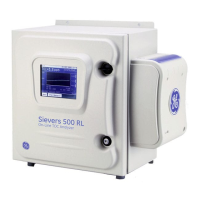
